What is a Dehumidifier?
A dehumidifier is a household appliance designed to reduce and control the humidity levels in a room or an enclosed space. It works by drawing in the moist air, extracting the excess moisture, and releasing dry air back into the room. Dehumidifiers are commonly used in areas with high humidity, such as basements, bathrooms, and laundry rooms, to maintain a comfortable and healthy environment.
Using a dehumidifier offers several benefits, particularly in combating issues related to mold and cough. Excessive moisture in the air can lead to the growth of mold and mildew, which can trigger allergies and respiratory problems. By reducing humidity levels, dehumidifiers inhibit mold growth and help alleviate symptoms such as coughing, sneezing, and congestion. They create a healthier living environment by reducing allergens and improving indoor air quality.
De'Longhi dehumidifiers are certified by the Allergy Standard Foundation* as a product suitable for people suffering from asthma and allergies, allowing you and your family to breathe easier and feel more comfortable.
For a healthy home, some of our dehumidifiers have 4-Action Filters to capture the majority of air pollutants that are harmful to your health. By removing 99.96%* of airborne particles, by capturing ultra-fine particles such as pollen, dust, mould, bacteria and pet dander right down to 0.1 microns, they reduce the risk of developing asthma and allergy symptoms.
The anti-mold function of the app helps to track the humidity. You can easily monitor functions, operating times and the recommended values to maintain the ideal humidity between temperature and humidity in your home.
How to choose the right Dehumidifier for a room
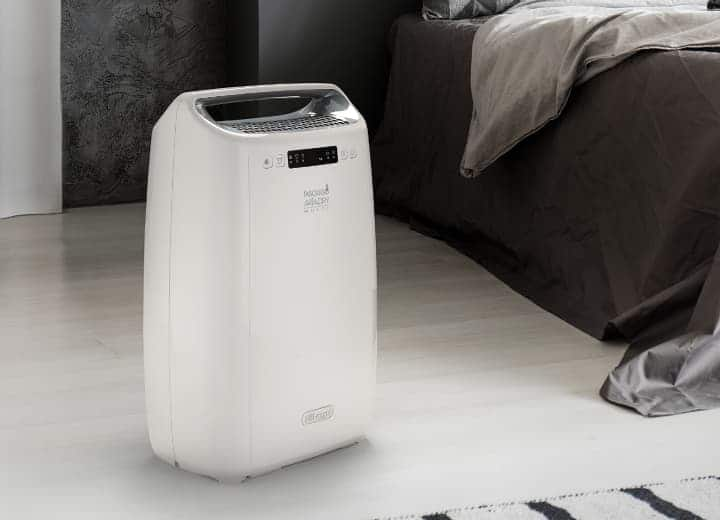
How to choose the right Dehumidifier for a room
To effectively set up a dehumidifier, you have first to consider the size of the room. Most dehumidifiers come with adjustable humidity settings, that can be adjusted based on personal comfort and prevailing humidity conditions. Additionally, the size of the room plays a crucial role in determining the dehumidifier's capacity. Larger rooms may require more powerful units, while smaller rooms may be adequately serviced by compact models. Most De'Longhi dehumidifiers are suitable for rooms up to 85m3 but some models can be used to dehumidify even bigger spaces, up to 150m3.
How to Correctly Use a Dehumidifier
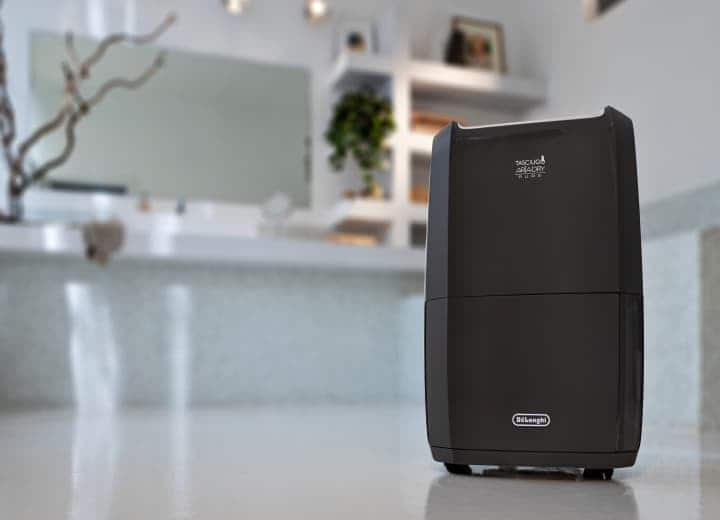
How to Correctly Use a Dehumidifier
The correct use of a dehumidifier is important to maximise its effectiveness, hence it is always recommended to first check the operating instructions to see what specific guidelines apply to the operation of your model, before operating one.
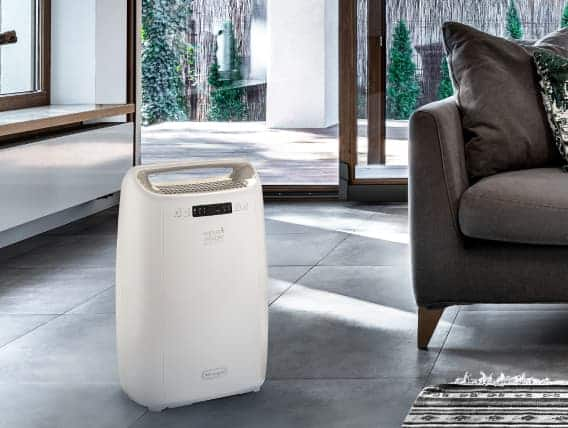
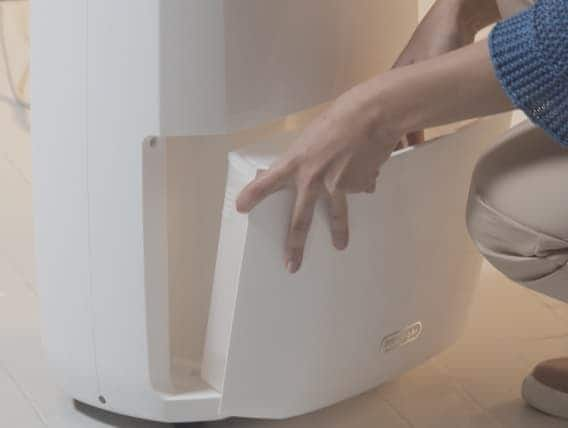
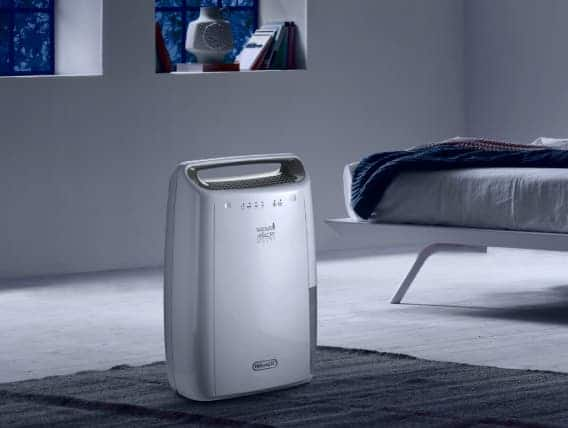
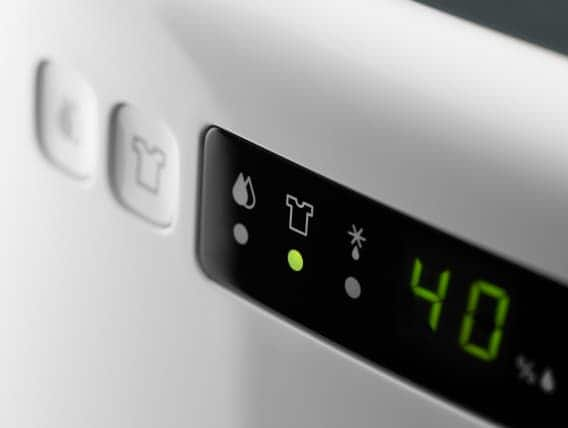
Energy Consumption
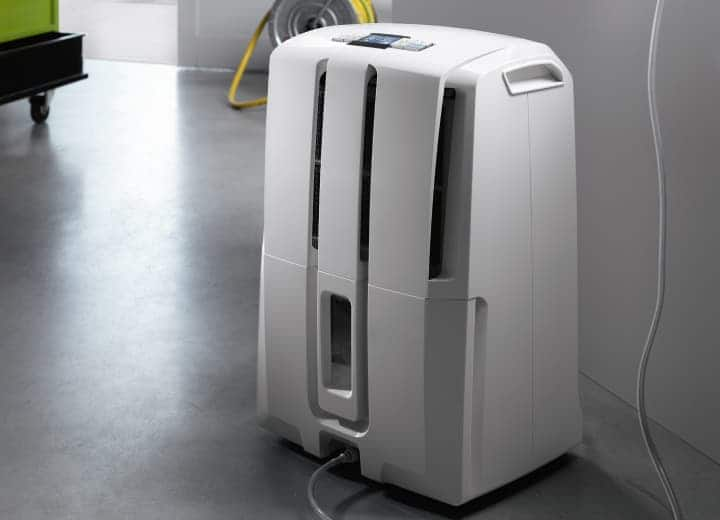
Energiforbruk
Avfuktere bruker en annen mengde strøm avhengig av størrelse, ytelse og bruk. Velg en avfukter med justerbare innstillinger for å minimere energiforbruket. Dette gjør at du kan programmere produktet til å slå seg av når det ønskede fuktighetsnivået er nådd. Vår «antimuggfunksjon» sparer energi ved å optimalisere driftstidene. Den overvåker luftfuktigheten i rommet sammenlignet med det innstilte fuktighetsnivået samt driftstidene, og gir et forslag om å eliminere overflødig fuktighet.
Den definerer og oppnår automatisk den perfekte balansen mellom temperatur og fuktighet i hvert rom i huset for å sikre din komfort.
En enkel skjerm lar forbrukeren spore hvor lenge avfukteren har vært i gang og hvor mye den har redusert fuktigheten.
Which is Better: Dehumidifier or Air Conditioner?
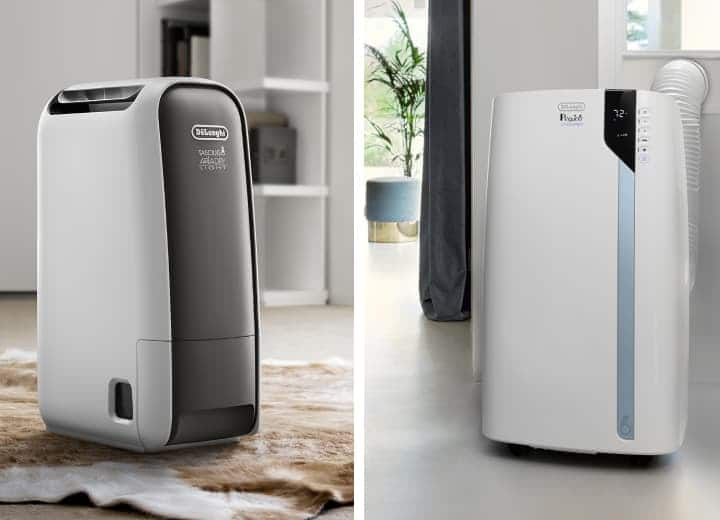
Which is Better: Dehumidifier or Air Conditioner?
Dehumidifiers and air conditioners serve different purposes, although they both contribute to a comfortable indoor environment. Air conditioners primarily cool the air. On the other hand, dehumidifiers focus specifically on reducing humidity levels without lowering the temperature. If your main concern is high humidity, a dehumidifier is the ideal choice. However, in hot and humid climates, using an air conditioner with dehumidification capabilities can provide a comprehensive solution.
Testat de o organizație terță pentru particule MPPS conform EN 1822:2010. Eficiența se referă la particule cu dimensiunea de 2,5 μm la un debit de 80 m3/oră – dezumidificare și filtrare activă.